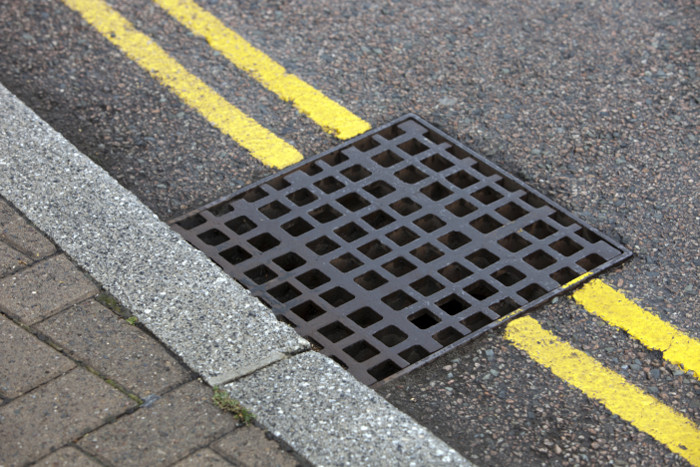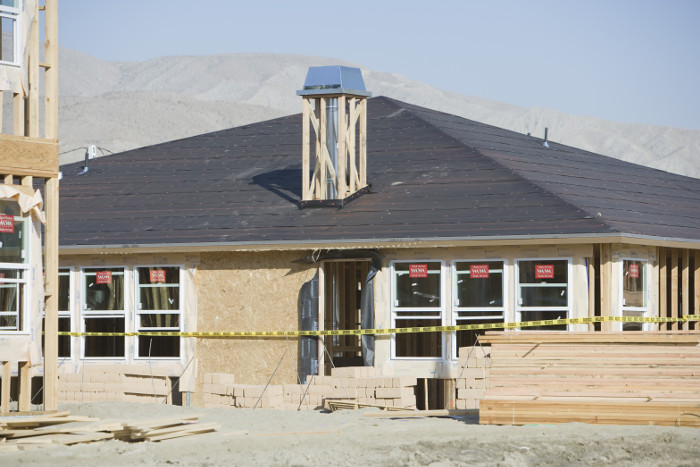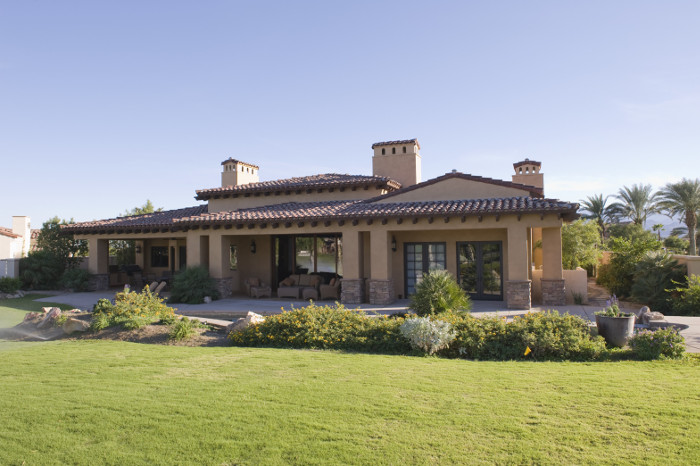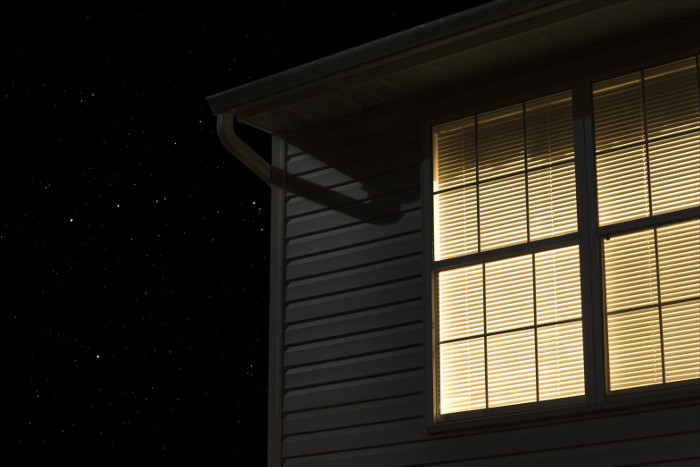Do you notice water backing up from the toilet or the sink? If you constantly hear gurgling sounds when using bathroom fixtures, it may be a sign that you have a drainage problem. Here are the best solutions you could try:

Pour in Some Bacteria
Whether it’s hair, grease or food, some sort of organic matter causes most drain clogs. Fortunately, there’s a type of bacteria that breaks down organic matter in your drains. Add the bacteria to your drains and it will consume organic matter which helps prevent clogs. You can buy drain-cleaning bacteria in granular or liquid form.
Bacterial drain cleaner is noncorrosive so it won’t harm pipes, and the bacteria won’t interfere with the bacteria in your septic system. Follow the instructions on the package. Add the bacteria when drains won’t be used, like right before everybody goes to bed, to allow it time to work. Drain and trap cleaner is available at home centers and hardware stores. A package should last several months, depending on how many drains you treat. Source: FamilyHandyman
Use a Hose or Power Washer
You may need more force to clear an especially stubborn main drain clog, and you should apply it through one of the drain cleanout fittings. You should have one or two of these in the basement and more outside. Open one of them by unscrewing the cap with a wrench and have a bucket handy to catch water. You’ll also want to wear protective clothing, goggles and gloves because the water may be under pressure and could spray when you open the cleanout.
If water does spill out, you’re on the right track because it means the clog is downstream of the fitting. Insert a hose with a high-pressure nozzle or preferably a power-washer wand with a 0° (red) or 15° (green) tip. Place the bucket under the cleanout, point the nozzle downstream, pull the trigger and stand back. Source: Hunker
Get Help from Professionals
Don’t run the water or flush the toilet! If you don’t add water to your drain system, you can’t make the problem worse (that is, if the clog is in your line and not the city’s main; see below). As an added precaution, you can shut off the main water supply to the house so that no one runs the water by accident. Tell everyone in the house not to use water, then call a plumber or drain specialist to have the drain cleared. These professionals have special equipment, including motorized augers, to quickly and effectively remove large clogs in the main sewer drains. Source: TheSpruce
Don’t wait for your drainage problem to get worse during the holiday season when everyone will be at home. Call us to book an appointment today!
Contact:
Kerrisdale Roofing & Drains
8296 Ross St, Vancouver, BC V5X 4C6
(604) 360-2114
from Kerrisdale RD https://ift.tt/34X36ul


 Decision making can be a challenge in any strata corporation; especially when investing significant funds into maintenance such as an exterior re-painting project. Here is some friendly advice to get started and provide your council with a solid foundation for your planning.
Decision making can be a challenge in any strata corporation; especially when investing significant funds into maintenance such as an exterior re-painting project. Here is some friendly advice to get started and provide your council with a solid foundation for your planning. a property is to print out an overhead from Google Maps. Then during a comprehensive 1- 2 hour walk around the property, make notes on the sheet about the affected areas.
a property is to print out an overhead from Google Maps. Then during a comprehensive 1- 2 hour walk around the property, make notes on the sheet about the affected areas.